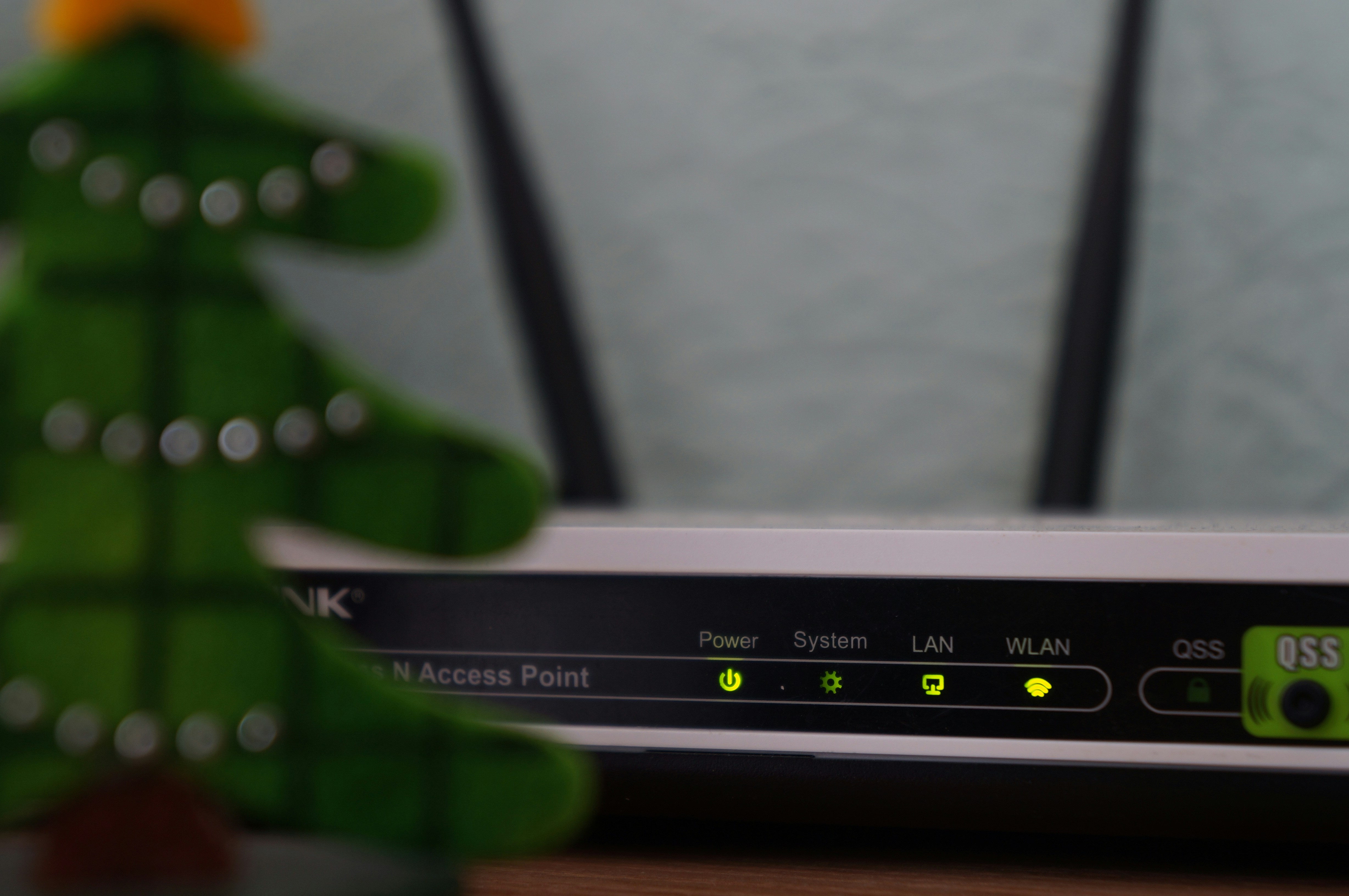You use your Wi-Fi for everything from your cell phone to your laptop to your gaming console. If your Wi-Fi is lagging, here are five ways to make it faster.
Invest in high-speed internet
High-speed internet can make a huge difference in how efficiently your Wi-Fi works. Internet speed is measured in Mbps, or megabits per second. A home internet service provider can offer internet speeds that range from 1 Mbps to 1,000 Mbps. The more you’re hoping to accomplish with an internet connection service such as Sprint home internet, the higher speed you’ll want to purchase. If everyone in your home wants to stream high-quality videos at the same time, you’ll need especially high-speed internet. Compare the prices of plans offered by local providers like AT&T, Verizon, and Sprint Network. It won’t cost you much to have your network running at a higher speed.

Put your router in the right place
Your router connects all of your devices to the Wi-Fi, so it’s important that it’s working well. To optimize your router’s performance, place it in a central location in your home. You might hate the look of it sitting in the middle of your living room, but you’ll appreciate how much better it operates. You might have been struggling to connect your Xbox to the Wi-Fi because your router was tucked away in an upstairs closet. Minimize dead zones in your house by placing your router near the area you like to use your devices most.

Reboot your router
Giving your router a wake-up call can do wonders for your Wi-Fi speed. Simply unplug your router and leave it off for a minute so it can fully reboot. Then plug it back in and your devices should automatically reconnect (though you may have to do it manually if you haven’t told your devices to remember the network). There could be any number of things going on in your router that can be fixed by a reboot. Plus your router can sometimes overheat or malfunction, so in addition to restarting it every so often, make sure the firmware is updated.

Keep your Wi-Fi connection secure
Too many users on your Wi-Fi can slow it down, so make sure you only let people in your home use it. Your Wi-Fi should be password-protected, and you’ll want to change the password regularly to keep it secure. If you don’t have your network password-protected, anyone might be using it, which could be a huge problem if you live in an apartment or have close neighbors. Another good reason to keep your firmware updated is that it handles security. Set up a guest network if you can, so you can put friends on that network instead of your main one.

Download heatmapping software
If you’ve tried everything and are feeling lost, download heatmapping software. A heatmap will show you where the internet is and isn’t in your home, as well as any other networks that might be interfering with your network’s signal. This will help you locate the perfect place for your router and give you an idea of where you should be in your home for the best signal. From here, you can fix your router’s antennae or even add a second router if there are huge dead zones in your home. A heatmap of your wireless signal might be the nerdiest thing you do this year, but you’ll love the results. The more you know about your router and your wireless provider, the strong your Wi-Fi signal and speed will be.

You only need to know a little bit about Wi-Fi to make the right small, but effective changes. Try a few of these steps and you’ll be thrilled with the improved strength and speed of your Wi-Fi.





